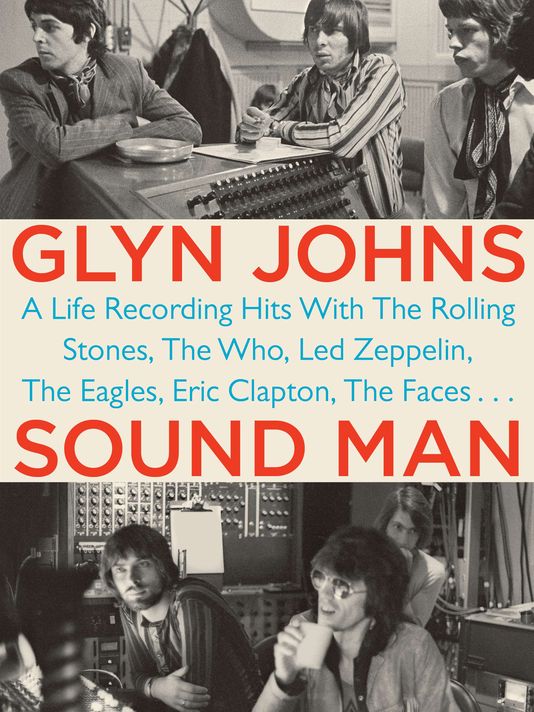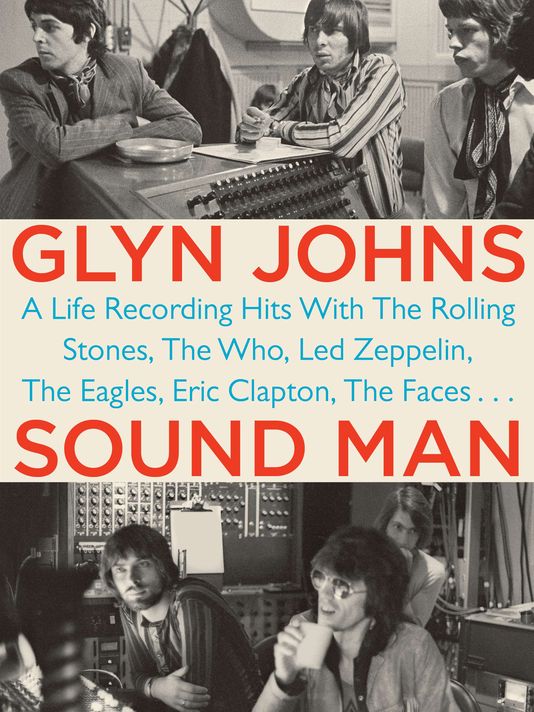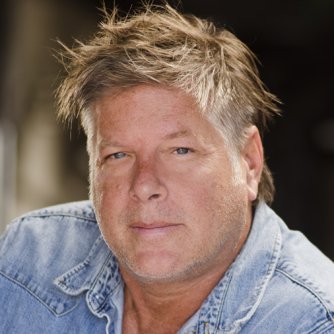

Consider the list: The Beatles, Rolling Stones, Neil Young, Bob Dylan, Led Zeppelin, Eric Clapton, Eagles, The Who, The Faces, The Clash, Crosby Stills, and Nash, Ryan Adams, Band Of Horses, etc.
Johns' career began in 1959 as a lowly assistant engineer. The job required setting up a studio, polishing equipment, and taking the blame for anything that went wrong. Early sessions included pop singers of the day like Lonnie Donegan, classical concerts and Sir Laurence Olivier reading a part from the Battle Of Trafalgar. That soon lead to non-stop engineering of albums by bands who are now in the Rock and Roll Hall Of Fame.
Consider this week in 1969: he worked a couple of days at Abbey Road on a Beatles project, drove across town to do an all-night session with the Stones until 6 a.m., back to Abbey Road that afternoon, then off to the Royal Albert Hall that night to record a Jimi Hendrix concert.
As someone pointed out, for about 20 years, his week beat your decade.
Johns' memoir "Sound Man," released last November, is a steady upbeat read, but he warns that this isn't a "tell all." Which is too bad: not only did he work with many artists at the top of their creative powers, but many were at their most decadent as well. A few juicy tidbits would have been nice. But that's not to say that there aren't some fascinating revelations, such as:
- Bob Dylan asked Glyn to set up a supersession/collaboration between him, the Stones and the Beatles. Keith Richards and George Harrison said yes. Mick Jagger and Paul McCartney said absolutely not.
- It was Johns who suggested the famous rooftop concert idea to The Beatles.
- At a Stones show in 1971, Keith Richards showed up late and left his car parked in the middle of the street because he couldn't find a parking space. Then he nodded off on stage while tuning a 12 string guitar, only to come to an hour later and continued tuning to an empty club.
- Johns was flown to Denver in 1971 to see the Eagles perform with the idea of producing them. He was not impressed but eventually agreed. He worked on the first two records but was replaced halfway through "On The Border." The band fired him because they thought he was a dictator, plus he wouldn't let them have drugs in the studio.
- He recorded the first Zeppelin album in just nine days.
Glyn Johns was inducted into the Rock and Roll Hall Of Fame in 2012.









